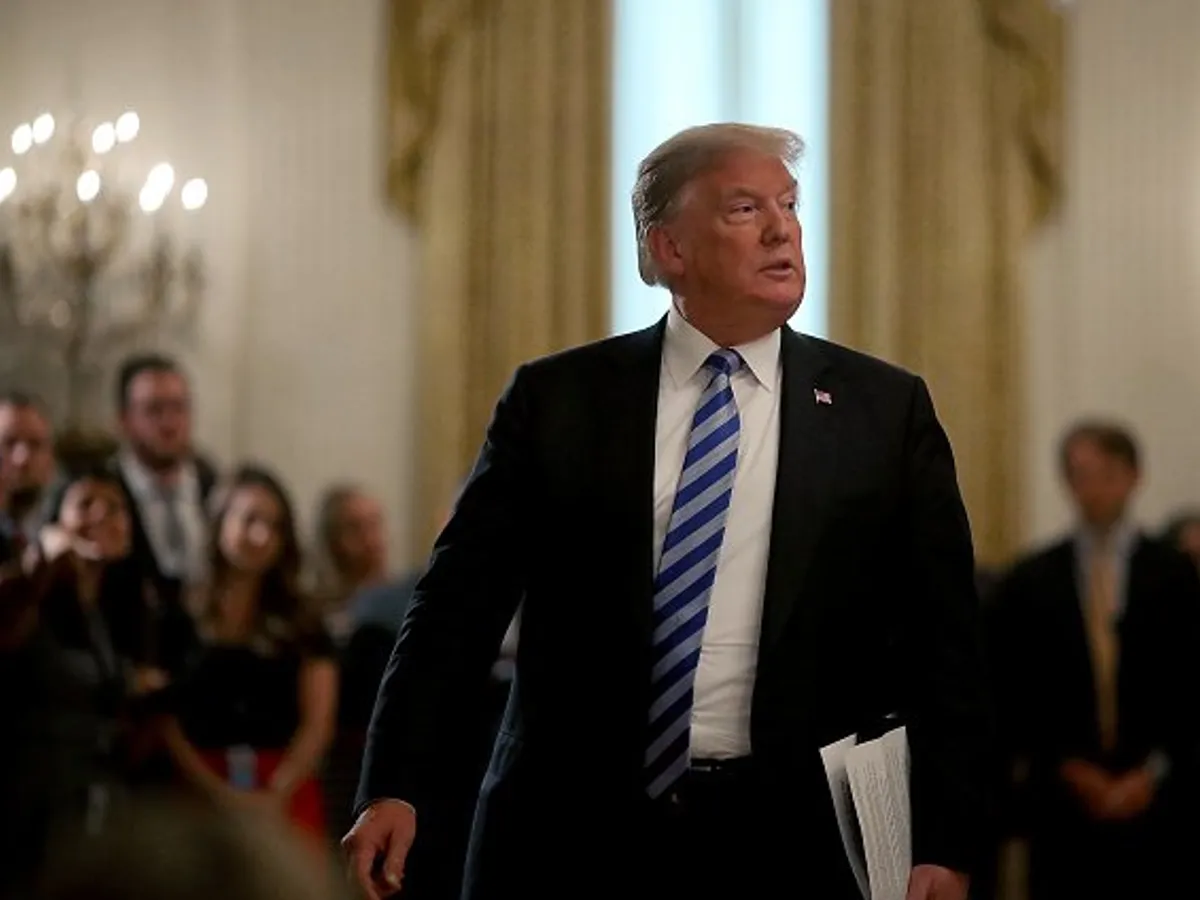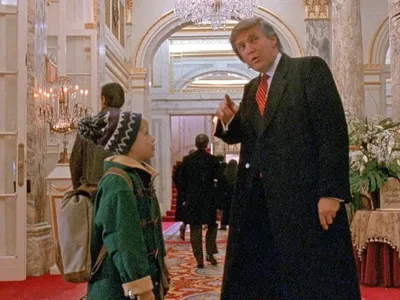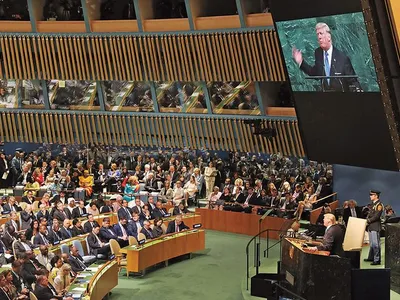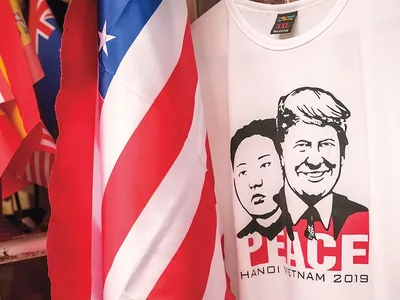What is Trump’s Iran Strategy?

More than two weeks have passed since the United States fired a drone trike that killed Iranian Major General Qasem Soleimani, leader of the Quds Force and considered to be the second most powerful man in Iran at the time of his death behind the Ayatollah.
President Trump and his administration have offered varying reasons for the decision to eliminate Soleimani but some of the claims appear to not have evidence behind them while others just don’t make much sense or are contradictory, leading to the question: what was the Trump administration thinking then and what are they thinking now?
In his first statement about the strike at a short press conference, Trump makes clear his rationale early in his speech, “Soleimani was plotting imminent and sinister attacks on American diplomats and military personnel but we caught him in the act and terminated him.”
The word choice of “imminent” has ended up being a talking point for critics and skeptics to this day, with Secretary of State Mike Pompeo echoing that claim before abandoning it after pushback on its veracity.
Trump went on in his initial statement to say how under his leadership American was going to be as harsh as possible on terrorists which Soleimani was classified under by previous U.S. administrations and that the U.S. “took action last night to stop a war. We did not take action to start a war.”
However, in the days following, the decision to kill Soleimani has produced clear results with mass gatherings in Iran to mourn the loss of the Quds Major General and threats of retaliation from an already dangerous Iranian regime.
In fact, Trump has been trying to differentiate himself from President Obama, his predecessor and one of the chief architects of the Iran Nuclear Deal, as Trump has been a vocal critic of the deal.
The impact on both Iran, the country who was attacked, and Iraq, where the attack took place, as well as the responses from both countries are still unclear. The Iraqi parliament quickly voted for U.S. troops to withdraw from the region, but the U.S., even more swiftly, made it clear that was not going to happen. Less than a week after Soleimani’s death, Iran fired more than 20 missiles at U.S. bases in Iraq but no casualties were reported as well as a Ukrainian plane that was shot down after taking off from Tehran International Airport, killing 176 people including multiple Iranian citizens. After a day, the Iranian president tweeted that the missiles fired at Ukrainian plane were a “great tragedy and unforgiveable mistake.”
Mistake or not, Canadian Prime Minister Justin Trudeau recently pointed to the “regional tensions” as the primary cause for the plane being downed and went on to talk about how the victims would be alive today.
This is important to keep in mind as the conflict between the U.S. and Iran continues to grow. While both countries have publicly implied in some fashion that they do not want war, the actions undertaken, particularly by the U.S., may leave some observers skeptical of this claim.
While Trump campaigned on a staunch anti-war agenda in 2016 in contract to almost every previous GOP candidate, he has always been a pragmatist before any policy he might have once championed. In the U.S. war is good for business, at least the defense business that government has always been in cahoots with. On top of that, war is good for reelection. Just ask former president George W. Bush whose wildly unpopular “war on terror” in Iraq was a positive factor for his reelection pressuring voters not to opt for a new president in the middle of a war.
Trump is nowhere near Bush’s timeline as far as going to war but in terms of flip-flopping of excuses it appears Trump did take some lessons from the Bush-Cheney school of lying. In their case, they only needed one big lie that Saddam Hussein had weapons of mass destruction. Trump, on the other hand, is compiling together smaller lies, as he usually does, with the most recent being that Soleimani "was a designated terrorist by President Obama, who didn't do anything about it."
The irony of Trump using Obama, a man he has publicly attacked for more than a decade now, as his latest justification for the strike and killing that started the most recent and serious Iran conflict, should not be lost here (particularly because Bush had previously put Soleimani on a terror watch list).
Over the last four years, Trump has brazenly lied until he’s found the one that works best. It appears Trump hasn’t yet come up with an all-encompassing lie as sinister and perpetuated by the media as Bush and Cheney’s in 2003. It is positive that both sides have appeared recently to be trying to de-escalate, particularly since the Ukrainian plane was shot down.
Yet, with the Iran Nuclear Deal now completely in shambles, a dangerous Iranian regime that just lost its second-in-command looking for revenge and an extremely volatile and polarizing U.S. President who is facing re-election later this year, key ingredients for another war appear to be there.
___________
Adam Tismăneanu is a journalist based in Washington, D.C. with a bachelors degree in journalism and media studies from Northeastern University in Boston.
___________

















